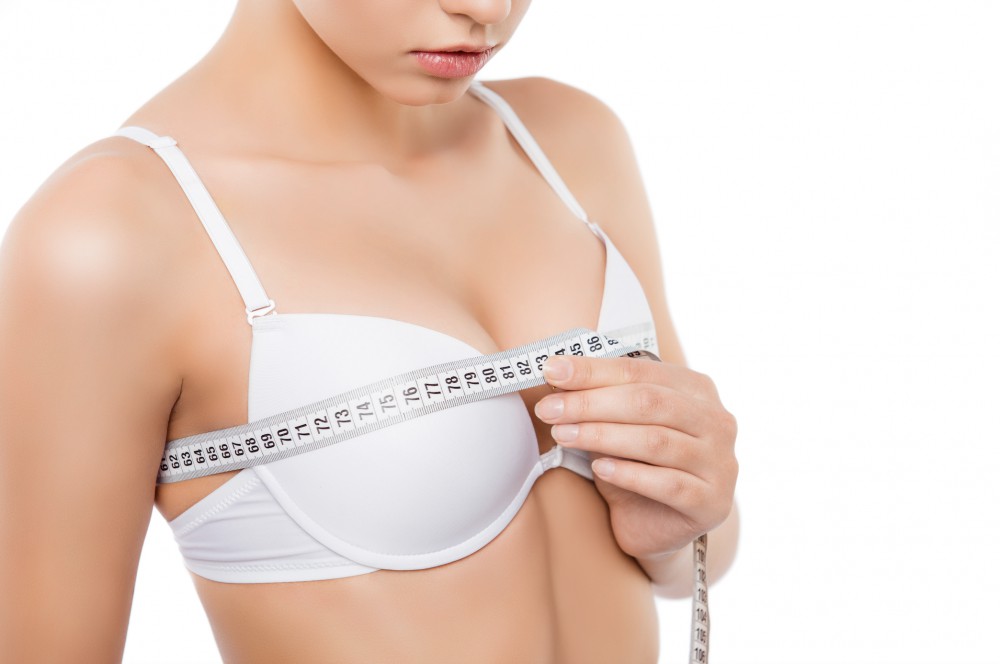
From breast lifts to breast reconstructions to breast enhancements, there are a multitude of breast augmentations that patients have to choose from when considering cosmetic procedures. However, the one breast procedure which is rarely talked about is the Cold-Subfascial breast augmentation. Haute Beauty sat down with board-certified Dr. Rian A. Maercks to discuss why the specific procedure leaves patients with the most natural results.
What is Cold-Subfascial Breast Augmentation?
Cold-Subfascial Breast Augmentation is a specialized technique that was designed to provide a natural appearing and lasting result and overcome some of the problems with conventional techniques breast augmentation. The technique does not alter or cut the muscle, which is very important to athletes and fashion models and allows some unique options in breast form. The goals of the Cold-Subfascial breast Augmentation are to preserve natural aesthetics, preserve muscle form and function, deliver natural appearing true clevage, contour a full superior pole of the breast and offer support to ensure enduring natural results. Avoiding the appearance that the breasts fall to the side when the patient is lying on their back is another goal of this technique. This is all achieved by supporting and shaping the breasts with preserved fascia, a strong tissue overlying the muscle. Trainers and athletes really appreciate that their muscle remains in place and that their breasts are not squeezed down and to the sides with muscular contraction.
How does this procedure differ from traditional breast augmentations?
Most breast augmentations performed in this country are “under the muscle” or what doctors call dual-plane. The muscle is typically cut at the bottom and swings up to the top of the breast on top of the implant. The muscle provides additional tissue coverage on top of the implant which can be an advantage, however this can lead to some big disadvantages and often a very unnatural look.
“Under the muscle” breast augmentation can cause “animation,” or implants jumping around which can be distracting during physical activity and intimate moments. The sub muscular position can also cause the widely separated augmented look that is very prevalent. By leaving the muscle undisturbed in its original position and using the fascia to support the implants, implant and breasts movement is minimized when the arms move or the muscle is activated. This also allows creation of a much more natural clevage allowing the breast to start next to midline instead of separated by a large empty space. Muscular coverage also commonly forces the implants to “bottom out,” or drop too low and to the sides which can be embarrassing for women in the nude. By preserving a supporting fascia, this is generally avoided in Cold-Subfascial Breast Augmentation. Another advantage is that it leaves the breasts without scars. The entire procedure can be performed through a small incision in the armpit.
Who is the ideal candidate for this procedure?
The Cold-Subfascial Breast Augmentation can be performed on almost any healthy patient. The ideal patient is one that wants larger breasts but does not want the “augmented” look. As with any breast augmentation technique, it must be tailored to the individual patient. A lift may be incorporated if the nipples are too low.
What should patients be aware of before seeking this procedure?
All surgery carries risks of complications and all patients should be well educated to the risks and benefits of breast implants and breast augmentation surgery. I always review all options with each patient which may include an augmentation without using an implant.
What follow up procedures are necessary?
Follow up is very important after any surgery to assure a great result. Although most patients do not require specialized post operative care, sometimes in thin patients with tight skin envelopes a few weeks of post operative strapping may be helpful.
For more information, visit Dr. Brian A. Levine's social media:

























